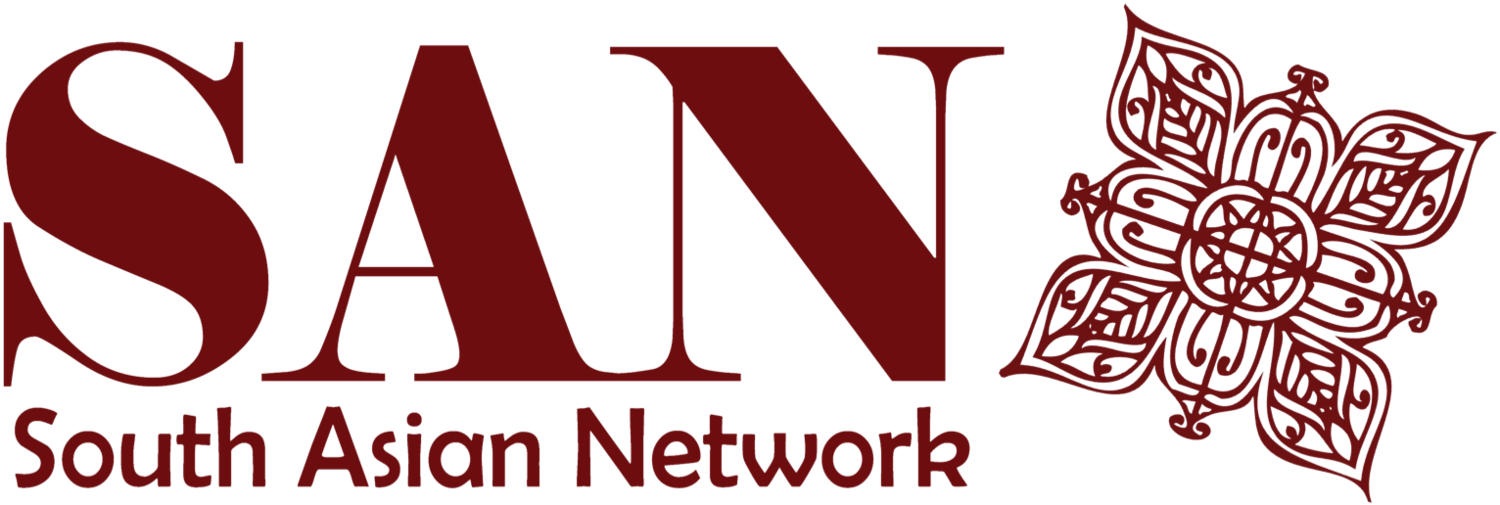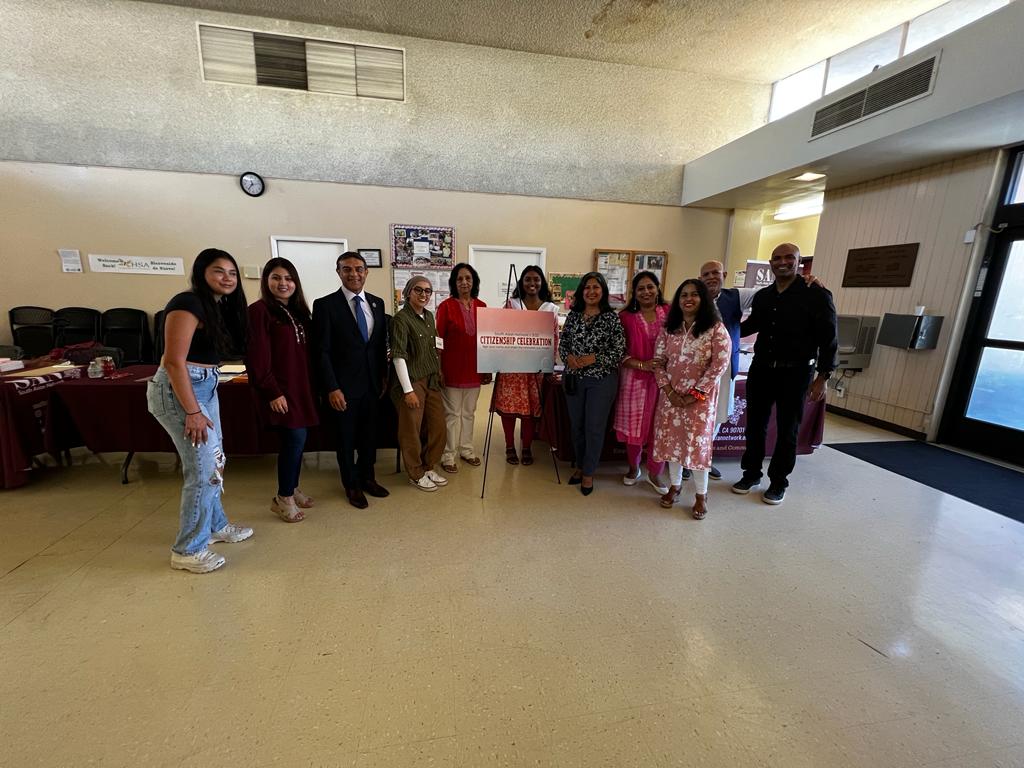Acceptance, representation, and activism go hand-in-hand: A Sikh monologue
Sirat Kaur
“Oh, right haha I thought you said you were sick,” said a white woman in academia as I told her “I am a Sikh” after her specific question about my faith and upbringing.
This wouldn’t be the first time when someone got really confused when talking about my faith and I don’t want to point fingers at anyone. It’s that they don’t know about the faith or it’s genuinely their first time hearing about it. So, let’s consider this post as a get-to-know essay on Sikhi.
The literal translation of the word “Sikh” is “ to learn.” So Sikhs are, you can say, the learners, the students of life trying to stray away from ego, attachment, lust, anger, and greed. It is the world’s fifth largest religion and approximately 750,000 Sikhs live in the US. The first Amendment Act protects the baptized Sikhs and students, allowing them to wear their articles of faith such as a kirpan (a small dagger meant for protection), and a turban. In a 2020 Sikh American Legal Defense and Education Fund (SALDEF) report, it was highlighted that 58% of respondents had been bullied or harassed because of their Sikh identity and 63% had been discriminated against for wearing a turban. Contrastingly, the Sikh Campaign reports 60% of Americans admit to knowing nothing about Sikhi and 31% of Americans have never seen or interacted with a Sikh at all.
Having a unique identity in a diverse nation like the United States can, at times, come with a multitude of emotions like dejection and non-acceptance. I have shortened my first name so it sits deliciously on non South Asian folks’ tongues. As a Sikh, I have grown up with the understanding that there is pride in standing out. Our Guru gave us a distinct identity so that we are set apart from the crowd just like a lion will always stand out in a group of hyenas. Sometimes however, all you want to do, as a youth, is to not be so different.
Even so, increasingly more people are talking about their cultures. There are multiple people I follow on social media who are active in educating about what it’s like to grow up as Sikhs, the struggles that are unique to their families, the collective remembrance that is personal to their childhood, and the lessons that can be imparted to the wider community. I am increasingly seeing Amritdhari (baptized) Sikh women proudly donning their keski (head wrap) and showcasing their morning routines that include waking up at 3 am to do their nitnem (Sikh morning prayers). I go to the comments section to see non-Sikhs interacting and commenting, “Such a cool morning routine, I am going to try waking up early to move my body.” My internal monologue goes, “They saw a Sikh influencer sharing her intimate life on social media and she touched someone, mission accomplished!” Social engagement leads to a free expression of one’s lineage and I am here for it.
As someone who works in the civic engagement and policy field, I have every intention of making my community feel proud of who they are, and to support them. Interfaith existence and peace are one of the couple Sikh themes I hold close to my heart personally and professionally. The Sikh holy book Guru Granth Sahib Ji has literature or verses from bhagats and bhatts (Hindu/Muslim saints and court bards) because it is a fairly new religion with its inception in the 15th century. Lovers of poetry can find Sufism enriched in the book from Bhagat Kabir, Farid Shaykh, and Sadhan Qasai and concurrently there are Bhakti movement’s leaders such as Bhagat Ravidas, Sain, and Trilochan. There is a deep remembrance and love for ‘humans as one’ at the core of the Sikh literature. It spreads oneness and equity.
Post 9/11, Sikhs were a major brown community (after Muslims) targeted for hate crimes and hate incidents, by white supremacist terrorists1. There were a couple Sikh organizations such as Kaur Foundation, National Sikh Campaign and such across the United States that were founded as a result to combat hate against those especially with head coverings and long beards. Though the fight for a just society for us has been woefully long, we are currently in an era where increasingly, people are sharing their accounts of what it’s like to advocate for their identity, and fight against injustice. Another observation in the activism space is the emphasis on collective liberation and understanding of the intersections of various issues that impact our community at large. Collective engagement and facilitation of spaces that forge mutual dialogue leads to a better understanding of activism needs, and Sikh activists all around are standing up for intersectional issues, be it black rights, LGBTQ+ allyship, Palestinian liberation, farmers’ rights, and many more.
In Southern California, there is a bustling Sikh community with Gurdwaras (Sikh place of worship) centered in most cities. Some Sikhs associate with the faith from a cultural standpoint and upbringing (other than religious). If this is your first time hearing anything about who we are or if you know something about Sikhi but not sure entirely, here are a few tips on spotting a Sikh: a kara (a steel bangle) on their wrists representing God’s endless protection and love, and Kaur and/or Singh in their names. From my experience, most Sikhs (younger or older) are happy to talk about their roots, so if you are curious to know more, just ask. If you still have more questions on incorporating more dialogue on interfaith existence, you can also reach out to Sikhs working in organizations like South Asian Network (SAN), Sikh American Legal Defense Fund (SALDEF), the Sikh Coalition, and the Sikh Student Associations in schools. Here’s hoping for sarbat da bhala (everyone’s prosperity)!
“I am a Sikh,” I told her. Now, every day, I try to learn a little bit more of my identity.
1. A terrorist is someone who inflicts fear and pain on innocent citizens, regardless of color. Being brown does not make someone a terrorist.


